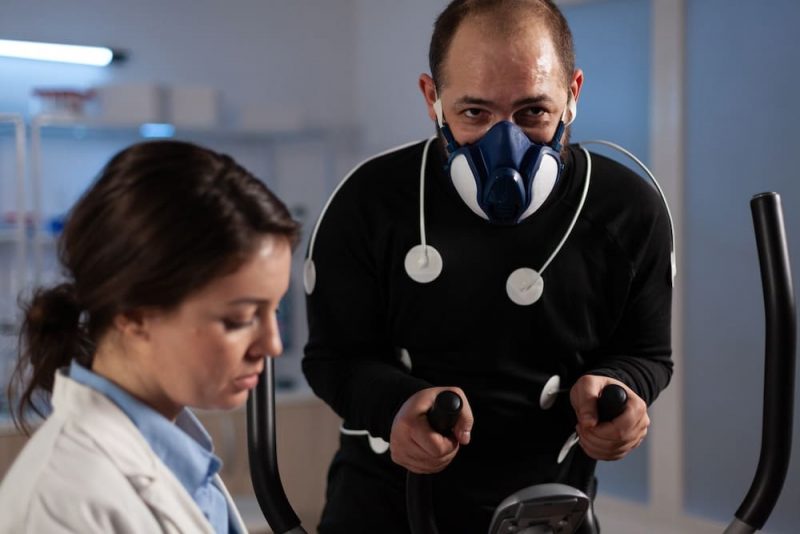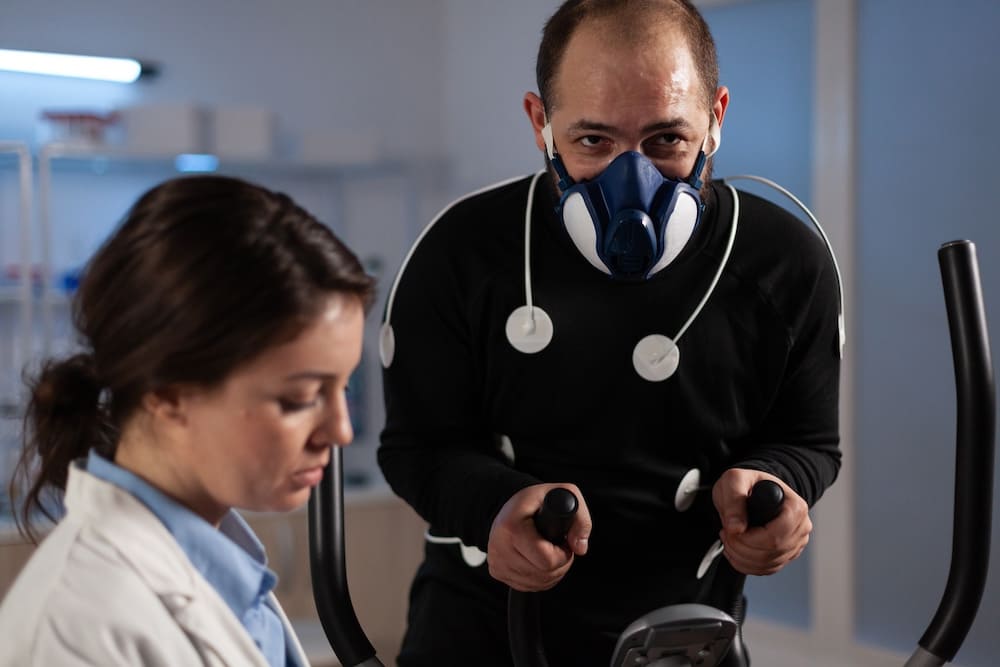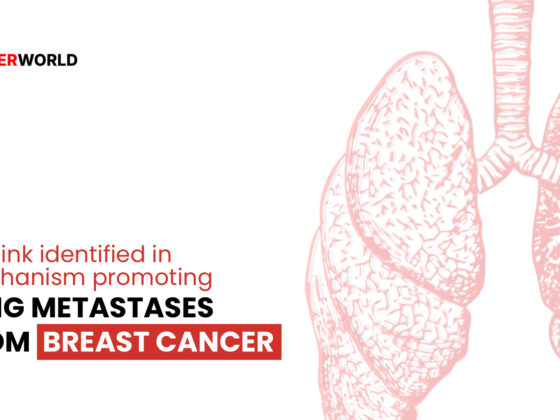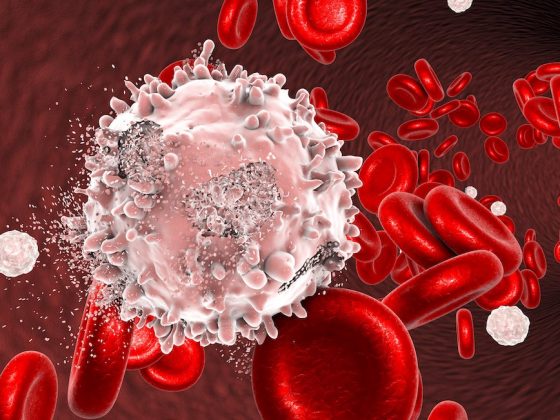Increasing cardiorespiratory fitness rates by an average 3% a year or more is linked to a 35% reduced risk of men developing prostate cancer in comparison to those whose fitness levels declined by 3% over the same time period. The Swedish study, published in the British Journal of Sports Medicine, February 1, did not find any links between cardiorespiratory fitness (CRF) and prostate cancer mortality.
“The results of this study highlight the important role of supporting the general public to work towards improving their fitness levels,” says Kate Bolam, the senior author, who undertook the study at the Swedish School of Sport and Health Science GIH, Stockholm. This is the first time change in CRF, as opposed to CRF at a single time point, has been investigated in such a large study, she adds. “People’s fitness does change over their lifetime as we change our behaviour, and so being able to look at change rather than a single snapshot provides us with a more nuanced reflection,” Bolam tells Cancerworld.
Unlike other common cancers, such as breast, colon, and lung cancer, few preventable risk factors are known with strong evidence for reducing the risk of prostate cancer. “Aside from developmental factors, being diagnosed with overweight or obesity are the main risk factors for developing advanced prostate cancer, but insufficient evidence exists to extend this conclusion to non-advanced prostate cancer,” write the authors.
Although well-established relationships exist between physical activity levels and incidence and mortality in many other cancer types, the evidence for prostate cancer has been inconclusive. Some studies report decreased risk of prostate cancer incidence for men with higher physical activity levels, while others have reported increased risk.
For the current study, the team set out to determine whether there were associations between change in CRF and incidence of prostate cancer. The investigators used the workplace health profile assessment database of the Health Profile Institute in Stockholm, with data on more than 180,000 men assessed between 1982 and 2019. Men were included if they had completed an occupational health profile assessment and had at least two valid submaximal CRF tests taken at different time points, performed on a cycle ergometer. The test estimated the volume of oxygen used when the men were exercising as hard as possible based on heart rate. Participants in the study were categorised into three groups according to the average annual change in their CRF: an increase of at least 3%; remaining stable; and a decrease of at least 3%.
Altogether 57,652 men met the study criteria of undertaking a minimum of two tests spaced at least 11 months apart and not having CRF increases or decreases of over 20% (a level considered a statistical outlier). The final cohort had a mean age of 41.4 years, and an average BMI of 26.0 kg/m2 at the first health profile assessment. During a mean follow-up of 6.7 years, 592 (1%) of the cohort were diagnosed with prostate cancer and 46 (0.08 %) had prostate cancer as their primary cause of death. The time between tests was on average 4.9 years.
Those in the increased fitness category had reduced risk of prostate cancer incidence compared to those with decreased fitness (HR=0.65; 95%CI 0.49–0.86).
An increase in CRF (as % of oxygen l/min) was associated with reduced risk of prostate cancer incidence (HR=0.98; 95%CI 0.96–0.99), but not mortality.
Addressing the lack of effect on prostate cancer mortality, the authors write, “Only 46 prostate-cancer-related deaths were observed in the present study, and therefore the analyses may not have been sufficiently powered to detect any associations.” Additionally, they add, there were competing mortality risks from other chronic diseases, such as cardiovascular and metabolic disease, associated with prostate cancer treatment side effects. “It would therefore be of interest to examine the association between CRF and mortality from these diseases in men diagnosed with prostate cancer,” write the authors.
When participants were stratified according to baseline CRF into low CRF (<32.4 ml/kg/min); moderate CRF (32.4–40.7 ml/kg/min); and high CRF (>40.7 ml/kg/min), only those in the moderate group demonstrated reduced risk of developing prostate cancer. For the moderate group every standard deviation increase in absolute CRF (l/min) reduced the risk of prostate cancer incidence by 16%. No such associations were found for those in the low and high fitness groups. “It may be that improving fitness from an already high baseline does not confer any discernible additional benefits. It may also be that the increases in CRF in people with low fitness were not sufficient to reach a potential threshold needed to contribute to lowering their risk of prostate cancer,” says Bolam.
Increasing CRF, suggest the authors, offers a realistic strategy to reduce an individual’s risk of developing prostate cancer. A meta-analysis published in Int J Exerc Sci in 2016 demonstrated that it was feasible to improve CRF by up to 16% with exercise interventions shorter than one year in duration. “People should aim for activities that they can (and would want to) do on a regular (year on year) basis that includes vigorous intensity activity that is so hard that they would struggle to maintain a conversation,” says Bolam, who now works at the Baker Heart and Diabetes Institute in Melbourne.
While the mechanisms behind the anti-cancer effect were not within the scope of the current study, Bolam believes that exercise and fitness are having positive effects on the body’s immune response, promoting favourable body composition, reducing systemic inflammation, and having a positive effect on hormones.
Next the investigators plan to undertake a similar study looking at breast, lung, and colon cancers in women. “We hypothesise that we will see similar CRF patterns in women,” says Bolam.












